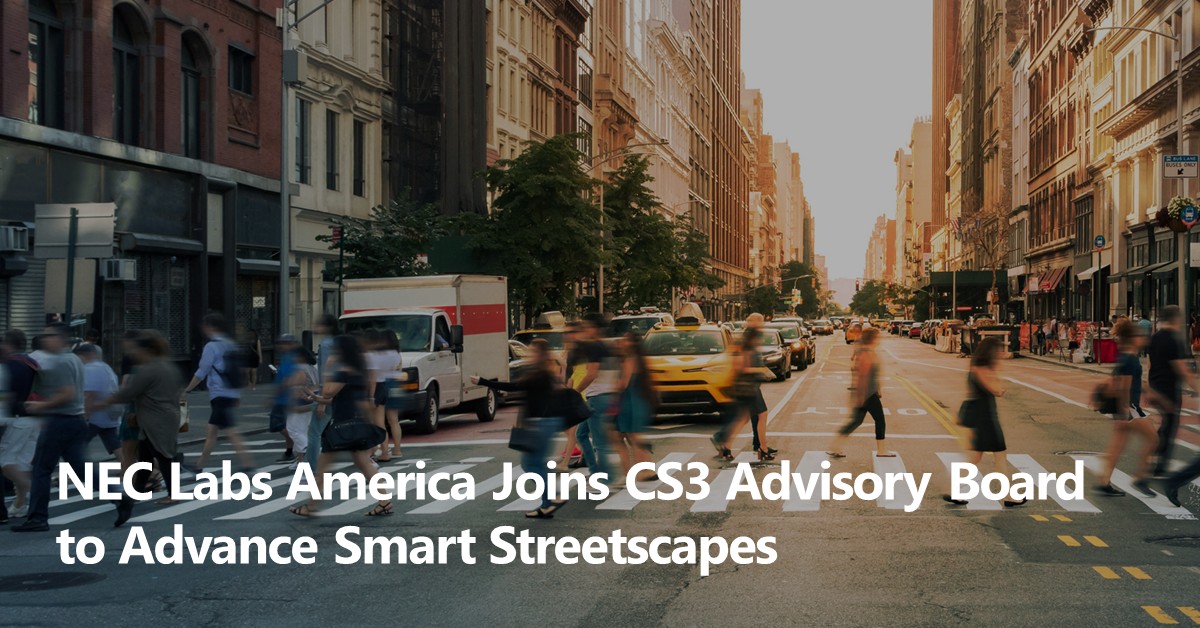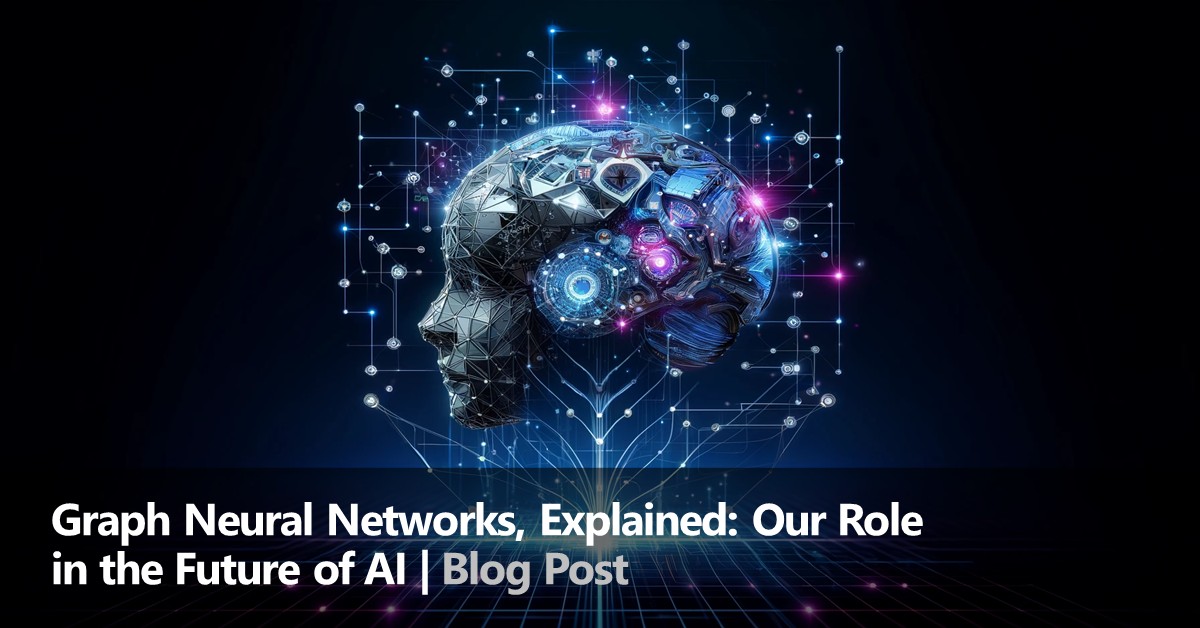Industrial Labs to Drive Disruptive Innovation for the Fourth Industrial Revolution
September 6, 2023 | Christopher White, President, NEC Labs America | chris-white, industry-40, fourth-industrial-revolution
While the previous generation of industrial progress brought us new capabilities, efficiencies, and even delight through digital transformation, we’re entering a new era of innovation, opportunity, and disruption: the Fourth Industrial Revolution.
What is the Fourth Industrial Revolution?
According to the visionary who coined the term – Professor Klaus Schwab, Founder and Executive Chairman of the World Economic Forum, it is “…characterized by a range of new technologies that are fusing the physical, digital and biological worlds, impacting all disciplines, economies, and industries, and even challenging ideas about what it means to be human.”
The advent of the Internet allowed greater connectivity and communication between individuals and businesses than any previous technology. Companies like Amazon and eBay used this connectivity to change how commerce is conducted. Social media platforms like Facebook and LinkedIn use this connectivity to change how we communicate and disperse information. This connectivity continues to evolve in how machines communicate with other machines.
While these are just a few examples, we now have a platform that allows us to manage this connectivity more broadly than anything we’ve previously experienced.
These Internet-driven advances profoundly impacted the consumer, certainly. And I believe the Fourth Industrial Revolution will center on increasing optimization and productivity in businesses and governments. It will be led by systems that I describe as Invisible AI, which vastly impact industrial applications that sense and respond to the changing world. While the Internet initially pushed consumers towards industry, we can now expect to have industrial applications move toward consumers.
Unlike generative AI, Invisible AI works in the background to improve how the world interacts with humans. It senses the world and takes precise action in a manner humans recognize. Just as the internet is now woven into the fabric of our lives, AI is becoming the invisible enabler and accelerator of advanced automation that supports disruptive innovation. With Invisible AI, we will see new market opportunities and advances for humans and society on a scale we couldn’t previously achieve.
The Next Era: Complexity x Scale = Resources
Complexity
Today, most systems are not built from scratch. The preference is to design and build solutions using off-the-shelf components, which deliver a low-cost, low-time commitment means to solve problems. This started on the hardware side with the use of common components. On the software side, libraries and other resources allowed developers to build very complex applications.
I often mention that if you asked 100 teams to build an advanced application, 99% of all solutions would use the same underlying component technology.
Using this approach, combining many smaller components, creates additional interfaces in the system. However, multiple components with multiple interfaces create the potential for multiple points of failure.
As industry, we use invisible AI to reduce this complexity by finding better ways to build and manage the overall robustness and stability of complex systems.
While we’re calling it Invisible AI, we’re not talking about the AI overlords of fiction experienced on the big screen at the movies that depict AI as humans with names like Skynet, HAL, or Joshua.
Invisible AI optimizes aspects of our environment to fulfill needs and reduce complexity. Invisible AI will deliver profound change, but we really won’t notice it unless it’s not working correctly.
Scalability
The long-term vision of AI is to create customized human experiences with its ability to assess vast amounts of disparate data to identify patterns and trends. Billions of people live on this planet, and each expects to have individually tailored and highly personalized experiences with technology over time.
Invisible AI knows you, predicts your next step, and optimizes the environment for that next step to be successful. The scalability challenge is developing systems that don’t assume everybody has the same next step and optimizing for individualized next steps.
The growing expectations of individuals are to have the world optimized and customized to them specifically. In this reality, we must deal with things on a scale of the planet. It’s not just doing the same thing many times. We need to do the same thing customized to individuals, and that means different things many times at unprecedented levels of scalability.
With Invisible AI, products and processes will be able to recognize people and react in ways that increase efficiency, productivity, and comfort. Consider the possibilities: facial recognition software to safely and efficiently enter buildings or initiate services; self-driving cars that protect you against accidents; and online shopping services that allow you to visualize the fit of clothing before purchasing it—to name a few.
Resources
The required amount of computing resources required to solve a problem is determined by factoring the depth of scale and complexity of the problem. Simply put, a problem that has high levels of scalability or high levels of complexity will need larger number of resources to solve. A function of scale and complexity defines resources.
Very large, complex, scalable systems require vast resources to operate. This problem can be avoided by either reducing the effective scale of problems or reducing the effective complexity of a problem. This defines innovation, and it is that innovation that reduces the effective scale or effective complexity.
Industrial Disruption that Makes an Impact
By removing barriers to cross-team collaboration, encouraging knowledge sharing, and expanding perspectives, NEC Labs America is speeding the development of Invisible AI and other solutions to optimize the systems that improve the delivery of personal experiences. We are also enhancing machine-to-machine performance to transform the manufacturing operations and communications necessary for the growth of smart factories, smart cities and intelligent transportation.
Conventional R&D has the intent to improve product capabilities to maintain market share incrementally. However, our mission as an industrial lab is to deliver disruptive innovation by creating new products or opening new markets. This requires a research capability that is beyond just advancing things incrementally.
Unparalleled Opportunity Ahead
Understanding the significant challenges and developing solutions that address them to make the world a better place is at the heart of what we do. We’re racing into the next generation of technology transformation to deliver new levels of opportunity, innovation, and disruption across all facets of our lives. Companies that can put fundamental research to work to reduce complexity and costs while increasing scalability to global levels will lead the charge. Our lab is hard at work developing improved AI-based technologies, solutions, and experiences to power the Fourth Industrial Revolution. Join us!





